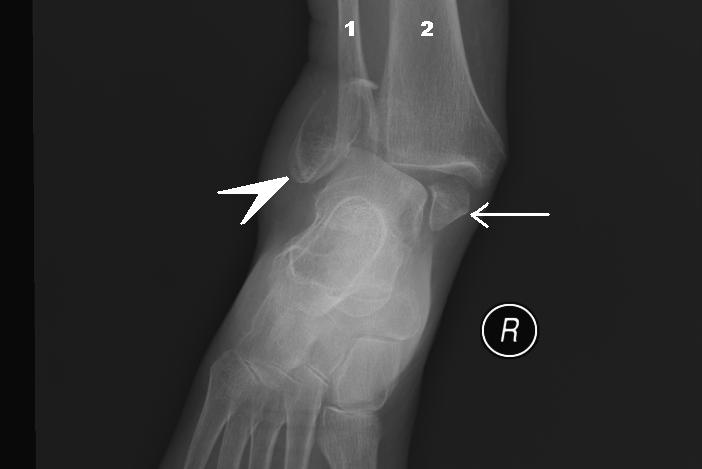A group of researchers are recommending that the definition of prediabetes be changed and a lower cut-off point be used based on ADA guidelines.

The health risks and mortality associated with prediabetes seem to increase at the lower cut-off point for blood sugar levels recommended by some guidelines, finds a large study published in The BMJ today.
Prediabetes is a “pre-diagnosis” of diabetes — when a person’s blood glucose level is higher than normal, but not high enough to be considered diabetes. If left untreated, prediabetes can develop into type 2 diabetes. An estimated 79 million people in the US and 7 million people in the UK are thought to be affected.
Doctors define prediabetes as impaired fasting glucose (higher than normal blood sugar levels after a period of fasting), impaired glucose tolerance (higher than normal blood sugar levels after eating), or raised haemoglobin levels.
But the cut-off points vary across different guidelines and remain controversial.
Continue Reading Below ↓↓↓
For example, the World Health Organization (WHO) defines prediabetes as fasting plasma glucose of 6.1-6.9 mmol/L, while the 2003 American Diabetes Association (ADA) guideline recommends a cut-off point of 5.6-6.9 mmol/L.
Results of studies on the association between prediabetes and risk of cardiovascular disease and all cause mortality are also inconsistent. Furthermore, whether raised haemoglobin levels for defining prediabetes is useful for predicting future cardiovascular disease is unclear.
So a team of researchers from the affiliated Hospital at Shunde, Southern Medical University in China analysed the results of 53 studies involving over 1.6 million individuals to shed more light on associations between different definitions of prediabetes and the risk of cardiovascular disease, coronary heart disease, stroke, and all cause mortality.
They found that prediabetes, defined as impaired fasting glucose or impaired glucose tolerance, was associated with an increased risk of cardiovascular disease and all cause mortality.
The risk increased in people with a fasting glucose concentration as low as 5.6 mmol/L – the lower cut-off point according to ADA criteria.
Raised haemoglobin levels were also associated with an increased risk of cardiovascular disease and coronary heart disease, but not with an increased risk of stroke and all cause mortality.
The authors point to some study limitations that could have influenced their results, and say pulling observational evidence together in a systematic review and meta-analysis is a good way to consider all the evidence at once, “but we cannot make statements about cause and effect. We would need to look at experimental evidence for that.”
However, they say their findings “strongly support” the lower cut-off point for impaired fasting glucose and raised haemoglobin levels proposed by the ADA guideline.
And they conclude that lifestyle change — eating a healthy balanced diet, keeping weight under control, and doing regular physical activity — is the most effective treatment.
Research Article: Association between prediabetes and risk of cardiovascular disease and all cause mortality: systematic review and meta-analysis
Continue Reading Below ↓↓↓
Source: BMJ
Author video
Journal: The BMJ











